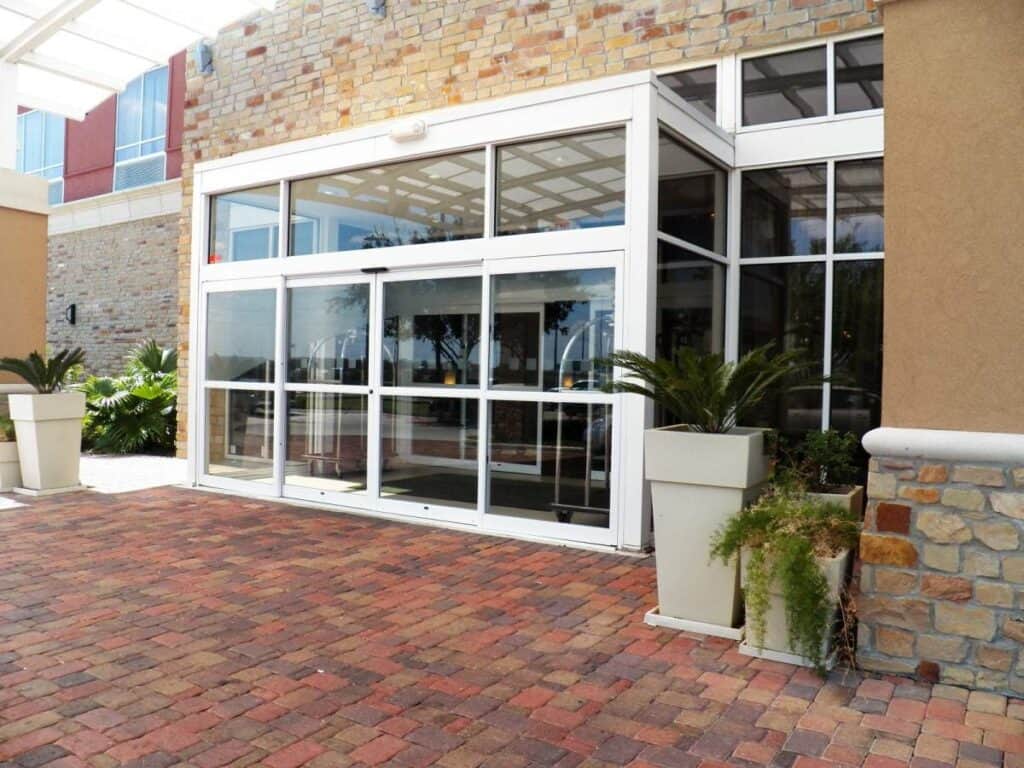Many nonprofits are fortunate to have a circle of enthusiastic volunteers who manage an annual fundraiser for their favorite cause, your organization. If you are lucky, the fundraiser has continued to grow and now represents a significant percentage of your annual operating revenue. Your nonprofit is reliant on the event, and therefore the auxiliary group, to meet budget and fulfill its mission.
Here’s the catch. One year of poor leadership, intra-group squabbles, or the championing of an errant idea in the auxiliary group can lead to a large drop in revenue. You know it’s time to bring the management of the event under your staff umbrella. But how do you tell the Guild or the Circle that they are no longer needed or wanted?
Fact is, you don’t. This is not an all or nothing thing. The most successful transitions I have witnessed use a slow and intentional approach that is both welcomed and accepted by the auxiliary group. The strategy is about keeping the auxiliary group engaged while providing them the support they need to continue operating the event that they birthed and raised.
I would recommend that the ED meet with the volunteer leadership and look for pain points. Do they hate dealing with reservations? Do they dislike all the details that go into printing of invitations? Do they need help with social media? The ED can offer staff resources to assist with more difficult tasks. Maybe offer the use of the nonprofit’s meeting rooms for planning purposes. Perhaps a staff liaison to meet with the group during the planning process. This may be just enough staff oversight and help to make the event function fine.
Many times, the auxiliary group will welcome these changes and see them as providing the backing their group needs. More than once I have heard a volunteer express relief because she was having trouble finding anyone to take the helm for the following year. Maybe it’s not so daunting to agree to be the chair of a $10,000 fundraiser. But a $100,000 event? She needs some support.
For the more resistant auxiliary groups, I like to present the theory of scaling up. When the event, say a luncheon, first started out twenty years ago, perhaps the Guild prepared the food for their guests. Now, with an attendance of 150, the Guild hires a caterer. Similarly, when the event was smaller and involved 20 volunteers, it was easy to manage. Now that it has grown to need 100 volunteers, it’s time to “hire out” the professional management necessary to communicate and organize that many helpers. Your staff is simply fulfilling the role of that manager.
Hopefully, by easing into this transition, your staff garners enough oversight to ensure the event’s ongoing success and growth. And at the same time, your auxiliary group is relieved and supported, happily engaged in your organization.



